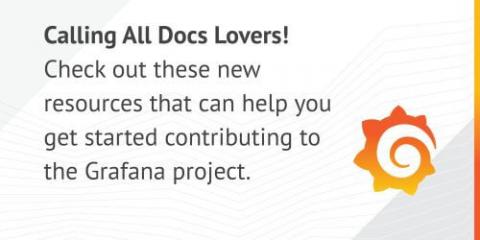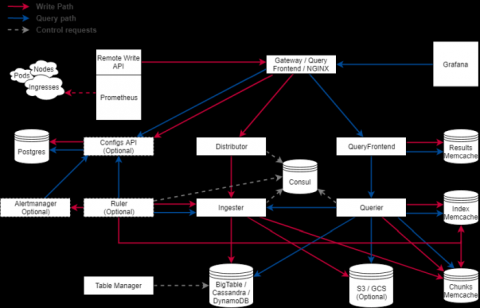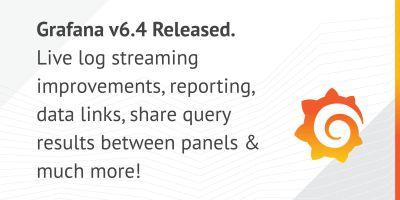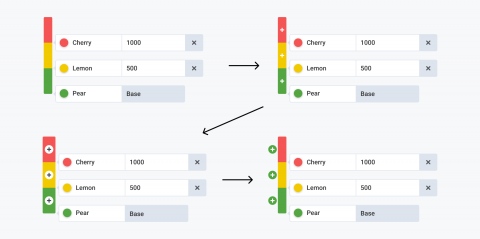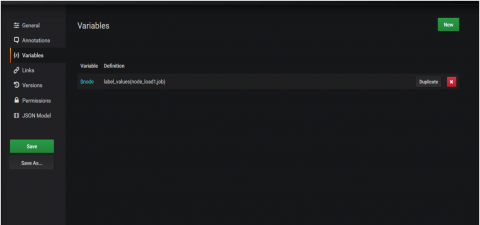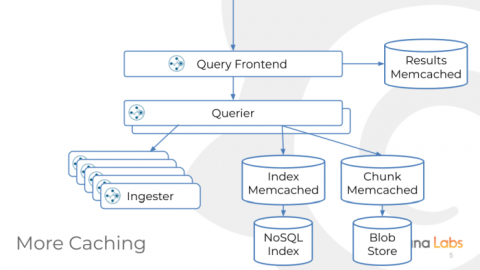New Resources for Contributors to the Grafana Project
Earlier this month, Ivana Huckova, one of Grafana’s junior developers, wrote an article about how to contribute to Grafana as a junior dev. As an open-source project supported by engineers around the world, Grafana strongly encourages anyone to contribute. And ICYMI, there are many opportunities to help: Testing the UI and reporting issues, finding and fixing bugs, and improving the documentation are just a few.


